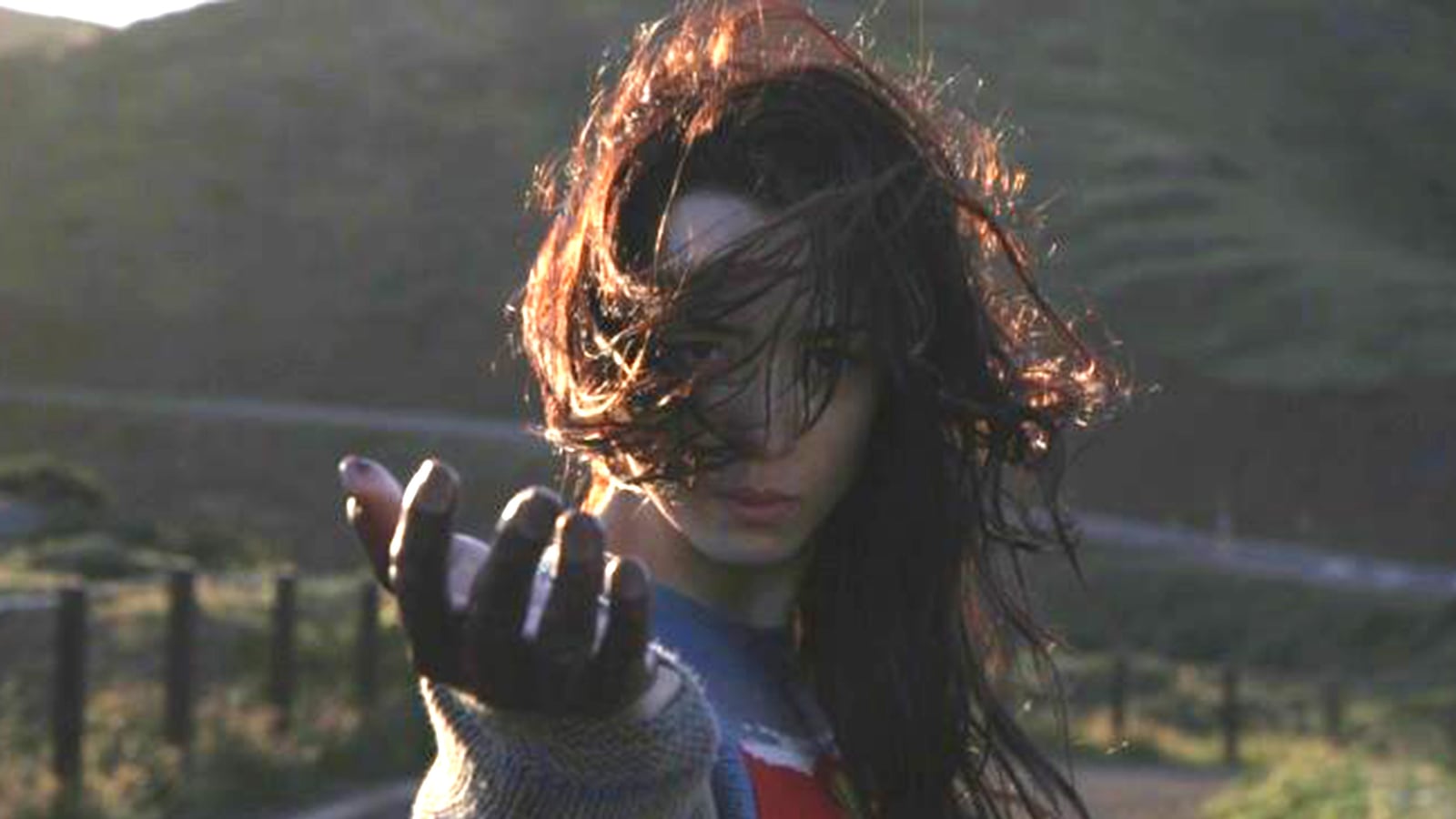My life was a fucking nightmare.
It seemed fitting, then, that while standing still on the edge of a tree stump in the middle of a freezing cold forest, that the stump should give way. No sooner did the director, Jason Banker, get the close-up he wanted when the redwood snapped and I fell, slamming my head against the stump on the way down. I should have known that it was all going to give way beneath me, though it probably wouldn’t have mattered if I did. It was the last shot of the film, and at that time, I would have been okay with dying if it made for a better show.
We had just wrapped shooting on Felt, a feature film based on my real-life experiences. In keeping with the style Banker had established on his previous film, Toad Road, the project began as a pseudo-documentary. He was intrigued by some costumes of mine, so he began filming me on-and-off over a period of months, waiting for the meaning of my attire to unveil itself to him. As for me, I was interested in making something thoughtful and true to my experience being a female. It wasn’t until my descent into a deep depression, exacerbated by some exploitative and disgusting developments in my personal life, that we realized we had been capturing the connection between the two from the beginning: my art was an expression of the accumulated sexual violence that had been perpetrated against me.
The costumes, it should be stated, are what my friends would call my “naked man-and-woman suits”—basically, underwear with genitalia sewn in. I began wearing the man-suit under my clothes as a party trick, eager to pull the penis out at a moment’s notice. Friends and strangers, the ones who weren’t disturbed, were happy to take part: they’d stage themselves in dirty photos with me, and, on occasion, men would round off the aesthetic by adorning themselves with my woman-suit and gesticulate their idea of female sexuality. A quick glance at my bedroom paints a similar picture: it’s adorned with pornified art, sex toys, and potty humor. For years, people would partake in my obscure sexualized jokes, laughing, all the while I remained unclear why I was telling them, and unsure as to whom they were intended.
Jason Banker’s footage helped to unravel the mysteries. The videos captured a female who had adapted to a culture which sexualized and violated her before she even knew what sex was. She had internalized her aggressors as a means of coping with the trauma inflicted by them. Her boundaries were nonexistent, her language crass, and she had rationalized that physical and emotional abuse, continuous through years of toxic relationships, wasn’t just normal, but something that she deserved. Her costumes weren’t worn merely for fun—they were a camouflage for whenever she wanted to escape a painful world of womanhood. In a culture that overvalues the idea of masculinity, trivializes women’s rights, encourages male entitlement, blames victims, denies the existence of widespread rape, and has a staggeringly unsophisticated understanding of the spectrum of sexual violence that occurs, it was next to impossible to recognize healthy alternatives. So the man-suit, imbued with a symbol of power, became her superhero costume.
Felt is a film that explores the insidious trauma caused by society’s open hostility against women. It tells the familiar story of womanhood: of having to endure life in a climate where attitudes about sex and the sexes contribute to the pervasiveness of rape and sexual violence. This particular tale is about a woman who is not only struggling to cope with the past, but must continually survive the present. Rather than go on tolerating the hostility and the harm, she loses herself in the fantasy of transcending it. But in embodying the very personification of masculinity that’s damaged her, the consequences can only be tragic.
Even as the crew rushed to my side, oozing love and concern as I lay fallen next to the rotten stump, I couldn’t see a happy ending for myself. In the time that’s passed, I’ve taken a route that’s been healing. In recognizing patterns of violence in my life, breaking free from toxic relationships, addressing my trauma with practice and patience, I’ve been able to raise my standards, improve my quality of life, make art and costumes with intention, and address the circumstances of the world I live in critically and assertively.
Healing is an ongoing process, and living in a culture with rampant misogyny will forever complicate it. As a baseline, however, I know that if anything gives way beneath me now, I’ll be ready for the fall. The tragedy of Felt was in my becoming the monster that I was fighting. The triumph is that I know that my life isn’t going to end that way.





